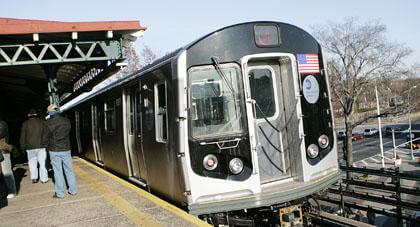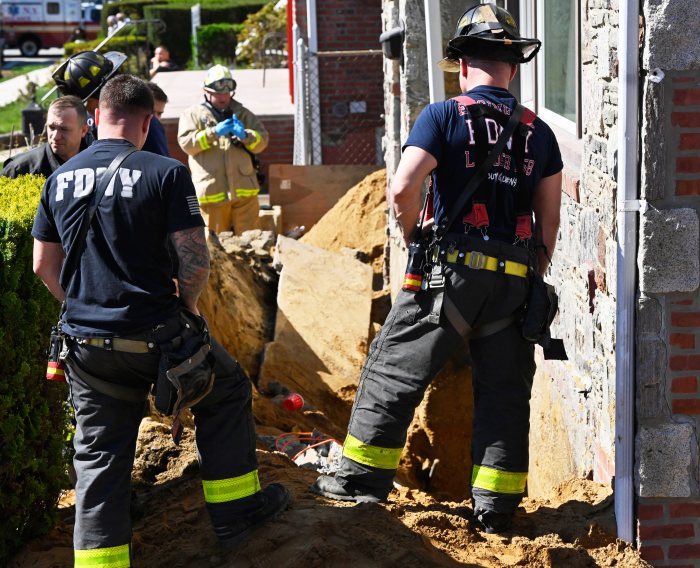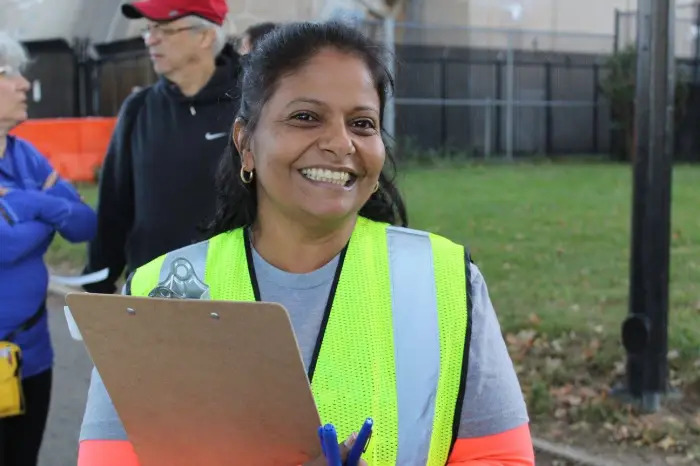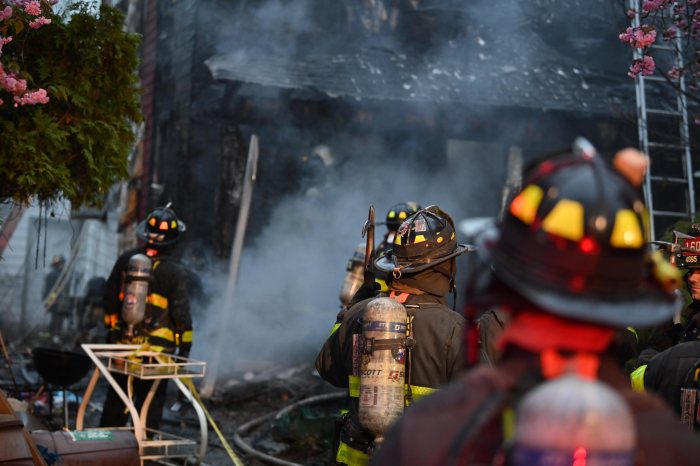By Philip Newman
Everyone has heard the slogan for motorists “Don’t drink and drive,” but Columbia University offers straphangers their own motto: “If you’re drunk, stay off the No. 7.”
Or any other subway line, for that matter.
A study by the Mailman School of Public Health at Columbia said 46 percent of all subway deaths in the city transit system between 1990 and 2003 involved intoxicated passengers.
“An interesting finding of the study was the relationship between alcohol intoxication and unintentional subway fatalities,” said Dr. Robyn Gershon, professor of clinical socio−medical sciences at the Mailman School.
“This is a public health message that has not, to our knowledge, been communicated to the general public,” Gershon said.
Gershon said that of the nearly 700 deaths on the subway in the 13−year period, 84 percent were male, while 43 percent of the incidents occurred in Manhattan and involved persons between ages of 35 and 44.
Researchers consulting the city medical examiner’s reports said most fatalities occur when passengers jump onto the tracks to retrieve personal items or accidentally fall onto the tracks — sometimes when drunk.
Gershon said some subway patrons may conclude that since they do not drive, traveling by subway is safe, even if they have been drinking heavily.
“Given that more than 75 percent of households in Manhattan and more than 50 percent of those in all of New York City do not own a car,” Gershon said, “there may be a sense that drinking alcohol to the point of intoxication is not risky since people are not driving.
“However, these data suggest that riding subways while intoxicated may be associated with accidental death.”
Gershon said public information campaigns addressing the dangers associated with riding after drinking may help lessen the risk. The Metropolitan Transportation Authority has long promoted safety through numerous messages aimed at parents of young children and thrill−seeking people who ride between cars as well as safe riding in general.
Paul Fleuranges, chief spokesman for New York City Transit, said the agency would study the findings of the Columbia report and might consider a public relations campaign warning against “riding after drinking.”
The paper, “Epidemiology of Subway−Related Fatalities in New York City,” has been published in the November 2008 edition of the “Journal of Safety Research.”
Reach contributing writer Philip Newman by e−mail at news@timesledger.com or phone at 718−229−0300, Ext. 136.
































